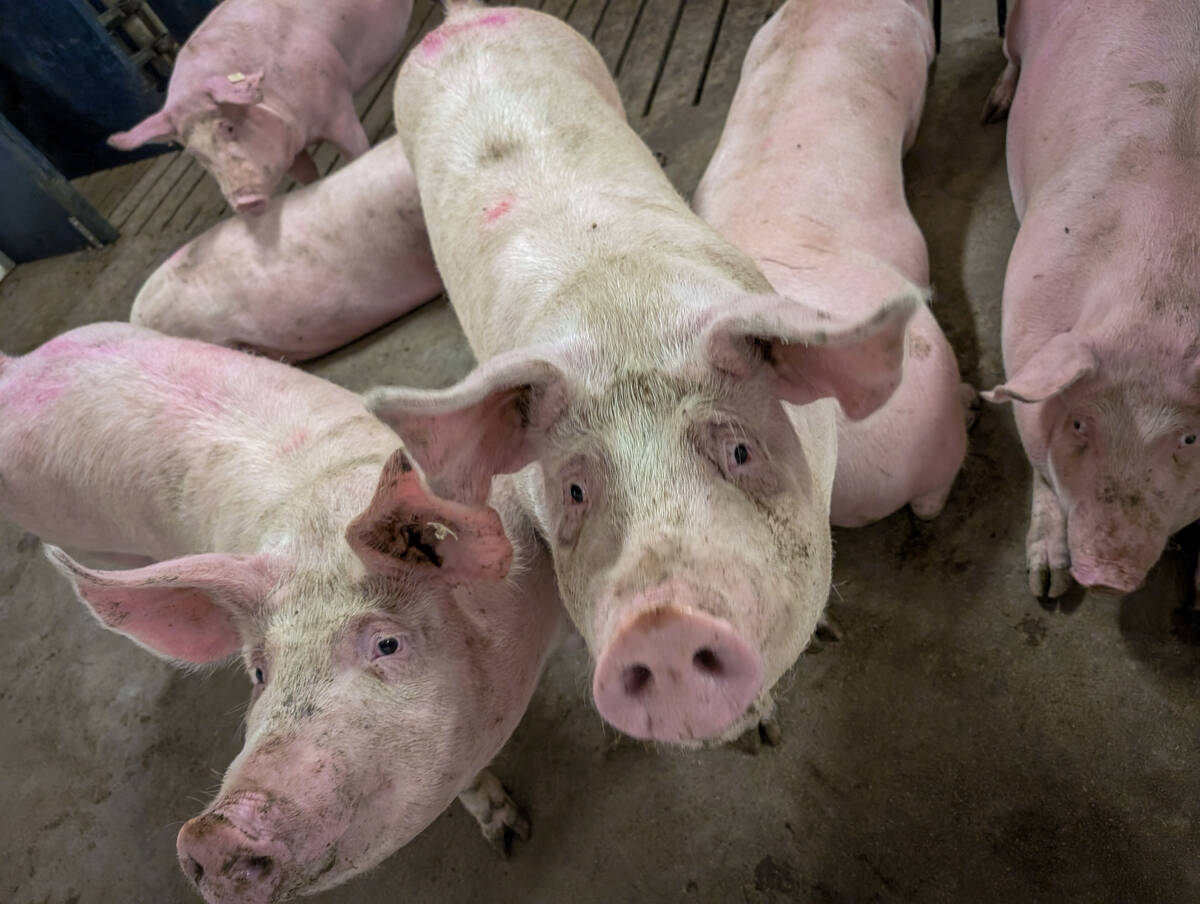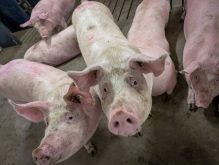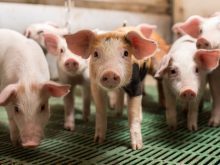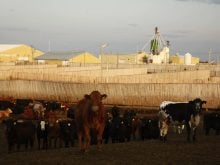RED DEER – A simple plan for horse identification is moving forward.
The plan calls for the use of a unique lifetime number, a record of the owner’s address and other contact information, and a standardized description of the horse based on the format used for Coggins disease health documents.
“It needs to be voluntary and it needs to be phased in,” said Vel Evans.
Equine Canada, which represents all sectors of the Canadian horse industry, hired Evans to co-ordinate a national plan that will be reviewed at the industry’s annual meeting in Ottawa Feb. 7-13.
Read Also

Pork sector targets sustainability
Manitoba Pork has a new guiding document, entitled Building a Sustainable Future, outlining its sustainability goals for the years to come.
The concept has been in development for more than a year. A working group representing all the horse sectors concluded equine identification must be a low cost and simple system that can cover demands of the different horse sectors.
For example, racehorses and show horses require additional identification for competition purposes and international travel.
The unique lifetime number will include a three digit code for country of birth, the horse registry number and a final string of nine numbers representing the individual’s registration number. Imported horses with an existing number from another country would be adopted into the Canadian system.
Ear tags, radio frequency identification or electronic microchips may not be feasible because horses tend to live longer than most livestock.
“Over the lifetime of a foal, ear tags or microchips could become obsolete,” said Evans in an interview at the annual conference of horse breeders and owners in Red Deer Jan. 9.
Identification systems under consideration include tattoos, branding, microchips, paper passports and iris or retinal scans.
Government money is expected for start-up funds but the horse industry plans to control this program, including the agency and database holding the information. However, if there is an animal health crisis, the database must be connected to other identification systems and to government health officials.
If horse owners want to use electronic identification, the ear tags or microchips must meet International Standards Organization requirements.
Equine Canada is also involved with the Canadian Livestock Identification Agency, which represents cattle, goats, sheep, horses and swine. One of the components of the agency is to include a registration number and address for all livestock premises.
In the event of an animal disease outbreak, such a registry would provide veterinarians with a list of all livestock farms in a given area where quarantines may be required. The information on animals and farms would be open only to the livestock agency or government officials in the event of an emergency.















